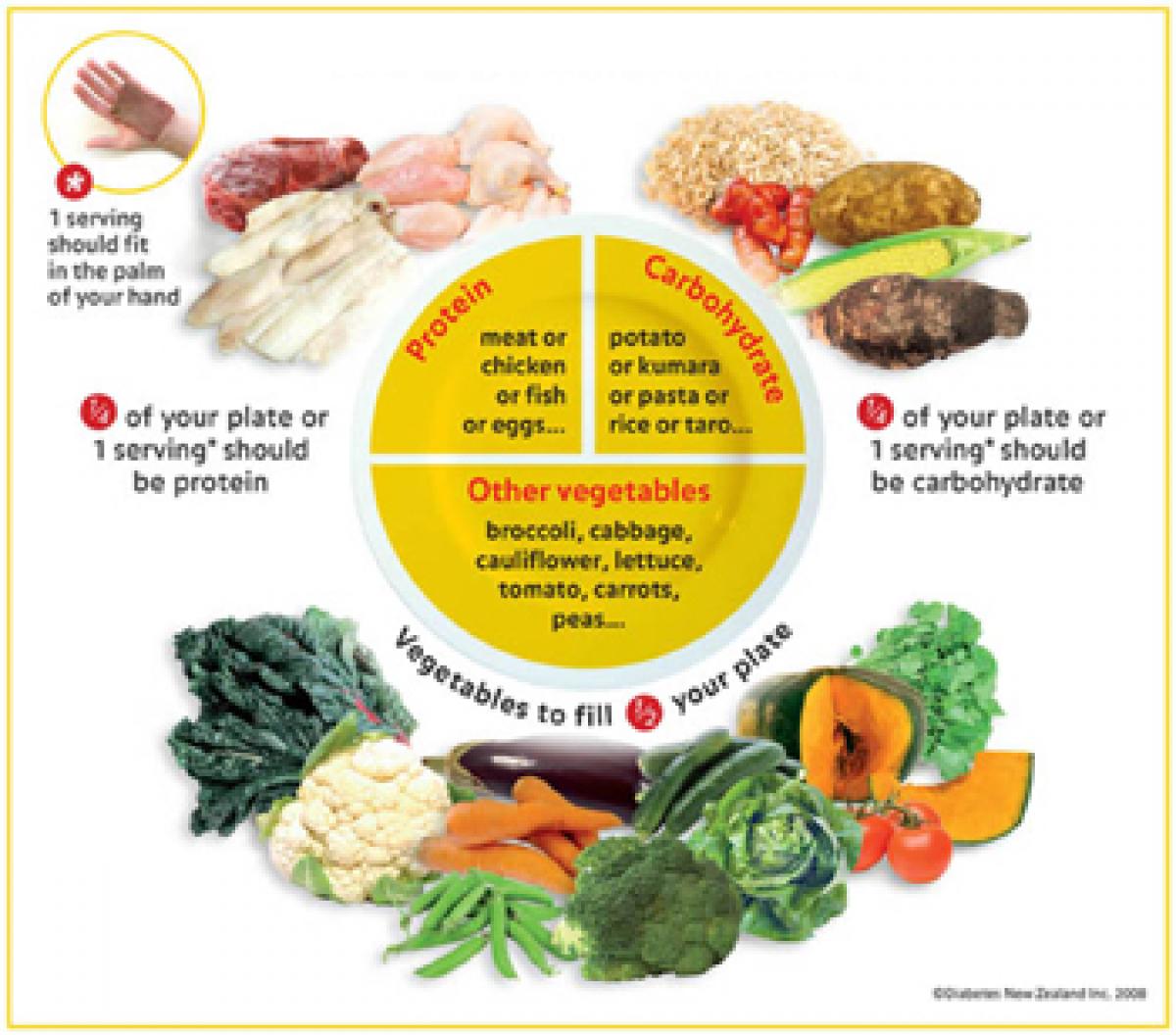Live
- Post-poll violence breaks out in Jharkhand after announcement of results
- Abhishek Bachchan's Marriage Rumors, Vivek Oberoi's Luxury Car, and BLACKPINK's Solo Success – Here's What's Trending!
- Party will decide if I need to continue or move out, says BJP's Kerala chief Surendran
- Coronation of Nathdwara MLA Vishvaraj Singh as Mewar's 77th successor starts amid question mark over palace visit
- WhatsApp Outage: Global Users Face Issues with Messaging App on Web
- Post-poll violence breaks out in Jharkhand after announcement of results
- Spiking to be made criminal offence: British PM
- MP CM in UK to woo investors thanks High Commission, diaspora for support (Ld)
- India's Stunning 295-Run Victory Over Australia: Bumrah and Siraj Lead Charge
- Chinese rocket debris reenters atmosphere, mostly burning up
Just In

Diabetes is fast gaining the status of a potential epidemic in South India for both rural and urban population despite different life style. Compared to other parts of India, there has been an alarming increase of diabetic patients in southern states.
Diabetes is fast gaining the status of a potential epidemic in South India for both rural and urban population despite different life style. Compared to other parts of India, there has been an alarming increase of diabetic patients in southern states.
More than 62 million individuals have been currently diagnosed with this disease across the country. In 2000, India (31.7 million) topped the world with the highest number of people with Diabetes Mellitus followed by China (20.8 million) and the United States (17.7 million).
It is predicted to double globally from 171 million in 2000 to 366 million in 2030 with a maximum increase in India which may afflict up to 79.4 million individuals here, while China (42.3 million) and the United States (30.3 million) would find significant increases.
The aetiology of diabetes in India is multi-factorial and includes genetic factors coupled with environmental influences such as obesity associated with rising living standards, steady urban migration and changing lifestyle. Geographical distribution of diabetes in India and other Indian sub-continent countries e.g. Bangladesh, Nepal, Bhutan and Sri Lanka shows that urbanites are much more affected than rural populations.
Preliminary results from a large community study conducted by the Indian Council of Medical research (ICMR) revealed that a lower proportion of population is affected in states of Northern India (Chandigarh 0.12 million, Jharkhand 0.96 million) as compared to Maharashtra (9.2 million) and Tamil Nadu (4.8 million).
The National Urban Survey conducted across the metropolitan cities of India reported similar trend: Kolkata (11.7 per cent), Kashmir Valley (6.1 per cent), New Delhi (11.6 per cent), Mumbai (9.3 per cent), Chennai (13.5 per cent), Hyderabad (16.6 per cent) and Bengaluru (12.4 per cent).
A recent international study reported that diabetes control in individuals worsened with longer duration of the disease (9.9±5.5 years), with neuropathy the most common complication (24.6 per cent) followed by cardiovascular complications (23.6 per cent), renal issues (21.1 per cent), retinopathy (16.6 per cent) and foot ulcers (5.5 per cent).
These results were closely in line with other results from the South Indian population, however further data from different sections of India is required to assess whether patterns of complications rate vary across the country. Poor glycaemic control, a factor observed in the Indian diabetic population, is responsible for micro and macro vascular changes that can predispose diabetic patients to diabetic myonecrosis and muscle infarction.
Overall prevalence for hypertension (HTN) in India was 29.8 per cent. Significant differences in HTN prevalence were noted between rural and urban parts [27.6 per cent and 33.8 per cent, respectively]. Overall estimates for the prevalence of awareness, treatment, and control of BP were 25.3 per cent, 25.1 per cent, and 10.7 per cent, respectively for rural Indians; and 42.0 per cent, 37.6 per cent, and 20.2 per cent, respectively for urban Indians.
According to the WHO 2008 estimates, prevalence of high BP in Indians was 32.5 per cent (33.2 per cent in men and 31.7 per cent in women). However, only 25.6 per cent of treated patients had their BP under control. The pooled prevalence of HTN for the rural and urban north Indian population was 14.5 per cent and 28.8 per cent, respectively. (The author is a Senior Cardiologist in Apollo Hospitals,Hyderabad.)

© 2024 Hyderabad Media House Limited/The Hans India. All rights reserved. Powered by hocalwire.com







